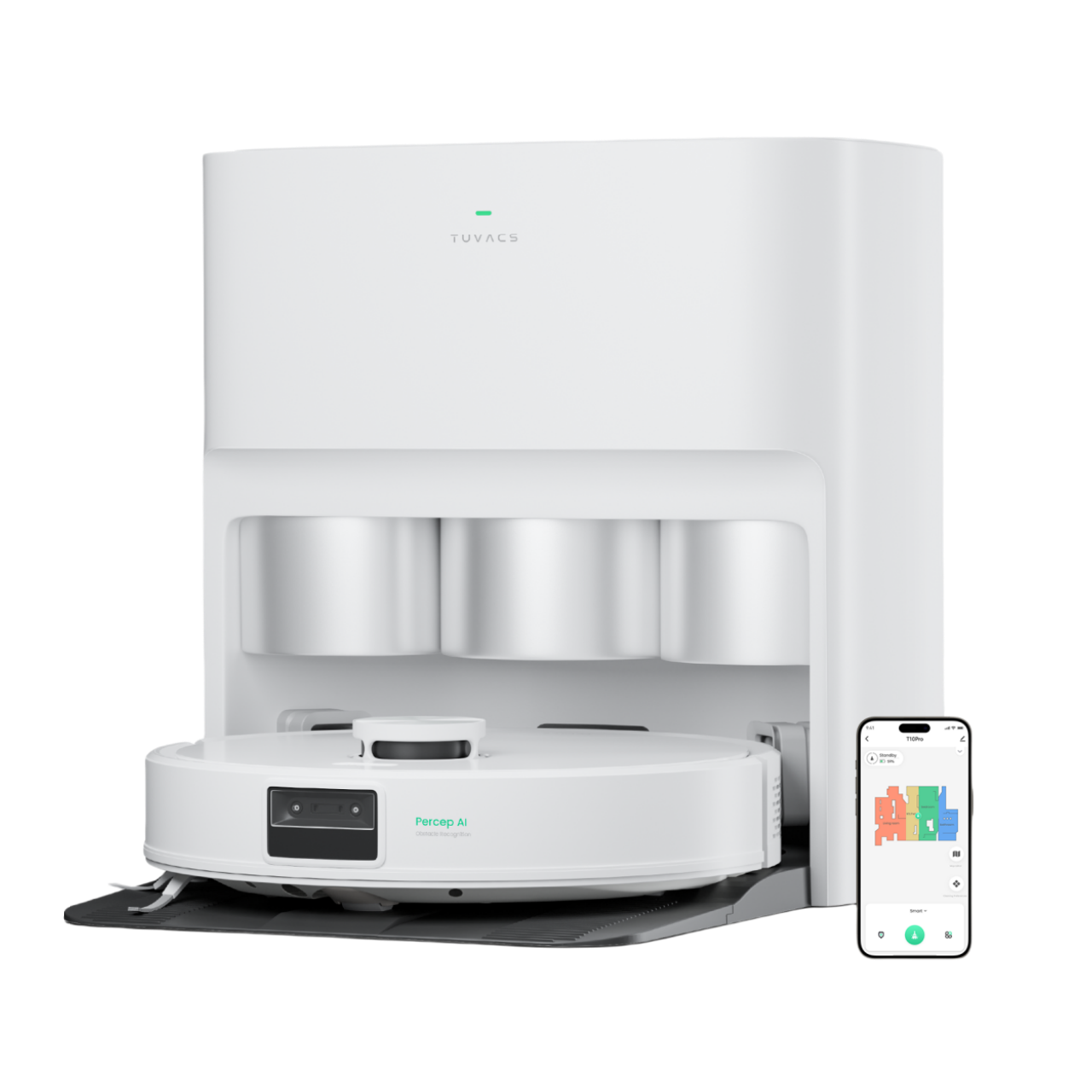
Did you know that the global robotic vacuum cleaner market is projected to reach a staggering $9.5 billion by 2026? This explosive growth highlights not only consumer demand but also the technological advancements in this sector. As we delve into the world of robotic vacuums for sale, it’s essential to understand their unique transportation attributes and how they align with Financial Risk Management principles.
Click to find more about robotic vacuum for sale.
The Transportation Attributes of Robotic Vacuums for Sale
Robotic vacuums are designed with several key transportation features that enhance their usability and efficiency. These devices often come equipped with lightweight materials, compact designs, and robust packaging solutions that ensure safe transit from manufacturers to consumers. Furthermore, understanding these transport characteristics can significantly mitigate financial risks associated with damage during shipping or handling. By investing in high-quality logistics strategies tailored specifically for robotic vacuums, businesses can safeguard their assets while optimizing delivery timelines.
T10 SE Robot Vacuum and Its Role in Financial Risk Management
The t10 se robot vacuum exemplifies advanced engineering combined with strategic risk management practices. With its durable construction and efficient battery life, this model minimizes potential losses related to product returns due to malfunction or damage during transit. Additionally, its smart navigation system reduces operational errors—further decreasing warranty claims and enhancing customer satisfaction rates. Thus, incorporating such reliable models into your inventory not only elevates brand reputation but also fortifies your financial standing against unforeseen risks.
Tuvacs: A Case Study in Financial Risk Management

Tuvacs stands out as an innovative player within the robotic vacuum market by prioritizing both performance and risk mitigation strategies effectively. Their commitment to using premium materials ensures durability throughout various stages of distribution while implementing rigorous quality control measures helps prevent defects before reaching customers’ hands. Moreover, Tuvacs employs predictive analytics tools which allow them to anticipate supply chain disruptions—enabling proactive adjustments that protect revenue streams from unexpected fluctuations.
Conclusion
In summary, exploring the transportation attributes of robotic vacuums for sale reveals significant insights into effective Financial Risk Management practices within this burgeoning industry. From models like the T10 SE showcasing reliability under pressure to brands like Tuvacs leading through innovation and foresight—it’s clear that integrating sound logistical strategies is paramount for success in today’s competitive landscape.
